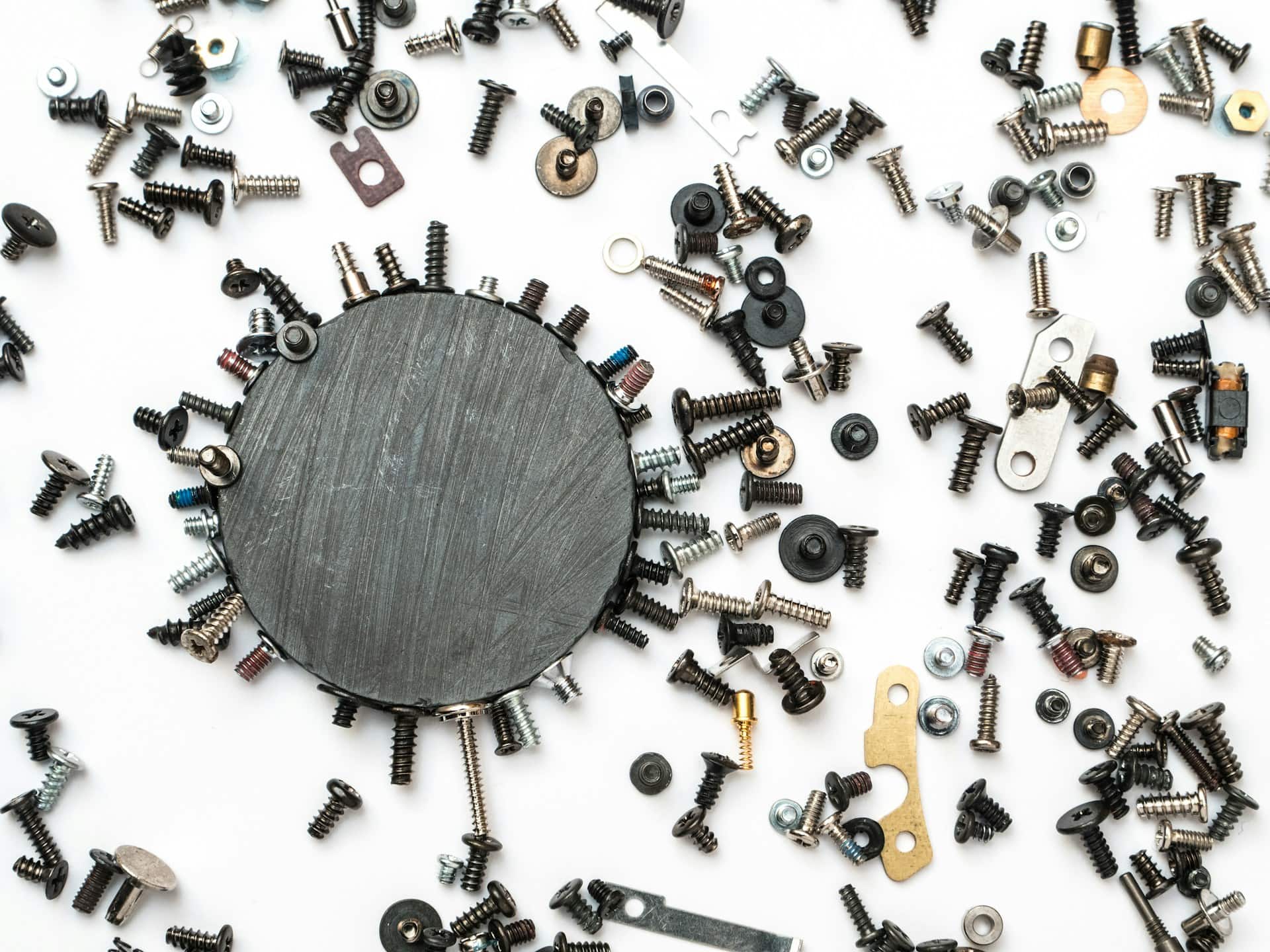When it comes to managing a business, every owner or manager understands the importance of smooth operations. From internal processes to customer interactions, everything needs to be seamless. However, challenges and obstacles can sometimes arise even with the best-laid plans. One common issue that organizations face is grommet-related problems. These small components may seem inconsequential, but any faulty grommet can cause significant disruptions. In this guest post, we will explore common grommet issues and provide solutions for maintaining a seamless workflow.
Understanding Grommets
Before delving into specific problems, let’s start with a quick introduction to grommets. Made from various sturdy materials such as metal or rubber, grommets are used to reinforce holes in materials like fabric or plastic. They serve multiple purposes: protecting the material, preventing fraying edges, and providing stability for items like cables or plumbing fixtures passing through these openings. Troubleshooting grommet issues requires a comprehensive understanding of their function and potential problems that may arise.
Common Grommet Issues
1. Grommet Misalignment
Misalignment is an issue that occurs when a grommet’s hole does not align perfectly with the intended object. This could be due to manufacturing defects or improper installation.
Solution: To achieve alignment, ensure proper calibration of machinery during production and encourage employees to double-check the placement before installations.
2. Grommets Becoming Loose
Over time, incorrectly installed grommets can gradually become loose due to repeated movement and strain on the material they are attached to.
Solution: To prevent this problem, use adhesives during installation for extra durability or consider additional reinforcement methods such as strategically placed stitching around each grommet.
3. Grommet Corrosion
Grommets made from certain metals may corrode over time when exposed to moisture or chemicals present in some environments.
Solution: Choosing non-corrosive materials like stainless steel or plastic can prevent this issue. Additionally, applying a protective sealant or coating can also extend the lifespan of the grommet.
4. Grommets Breaking
Occasionally, grommets may break or crack due to excessive strain, improper usage, or low-quality materials.
Solution: Examine the weight capacity and appropriate usage instructions provided by the grommet vendors before installing them. Choose high-quality grommets designed for heavy-duty applications if your needs require it.
5. Wear and Tear
Over time, even well-installed grommets can face wear and tear from constant usage.
Solution: Regular inspection and maintenance are crucial for detecting any wearing signs early on. Consider implementing scheduled replacement practices to avoid unexpected breakdowns that could hinder operations.
Mitigating Grommet Issues through Best Practices
To avoid encountering these common issues altogether, there are certain best practices that organizations can implement:
1. Thorough Supplier Research
When selecting a supplier for grommets, conduct in-depth research on their reputation and reliability. Look for customer reviews and testimonials to ensure they consistently provide high-quality products.
2. Proper Installation Techniques
Ensure that those responsible for installing the grommets are well-trained and follow recommended guidelines from both material manufacturers and suppliers.
3. Implement Preventive Inspections
Regularly assess the condition of installed grommets to identify any signs of weakness or wear before they become significant issues.
4. Quality Materials for Replacement:
When it becomes necessary to replace worn-out or damaged grommets, invest in high-quality materials that match your specific requirements.
Avoiding Costly Downtime
Unexpected downtime caused by grommet issues can result in significant financial losses for a business. It’s not just the immediate interruption of operations but also the potential loss of customers and damage to the brand’s reputation. To avoid lengthy downtimes, it’s essential to take proactive measures:
1. Regular Maintenance and Repair
Implement a regular maintenance schedule to inspect and repair grommets as needed. This can help identify and fix small problems before they escalate into major issues.
2. Emergency Backup Supplies
Keep a stock of extra grommets on hand to quickly address any unexpected breakdowns. This eliminates the need for lengthy downtime while waiting for replacement supplies to arrive.
Conclusion
Grommet-related problems might appear minor at first glance, but ignore them at your peril! Successfully mitigating common issues with proper alignment during installation, preventing corrosion through material selection or coatings, and controlling wear and tear through regular inspections; all these crucial steps help maintain seamless operations for businesses. By implementing the preventive measures outlined in this post, organizations can stay ahead of grommet issues and ensure uninterrupted productivity. Remember, proactively addressing these concerns demonstrates a commitment to continuous improvement while enhancing customer experiences and overall operational success.
